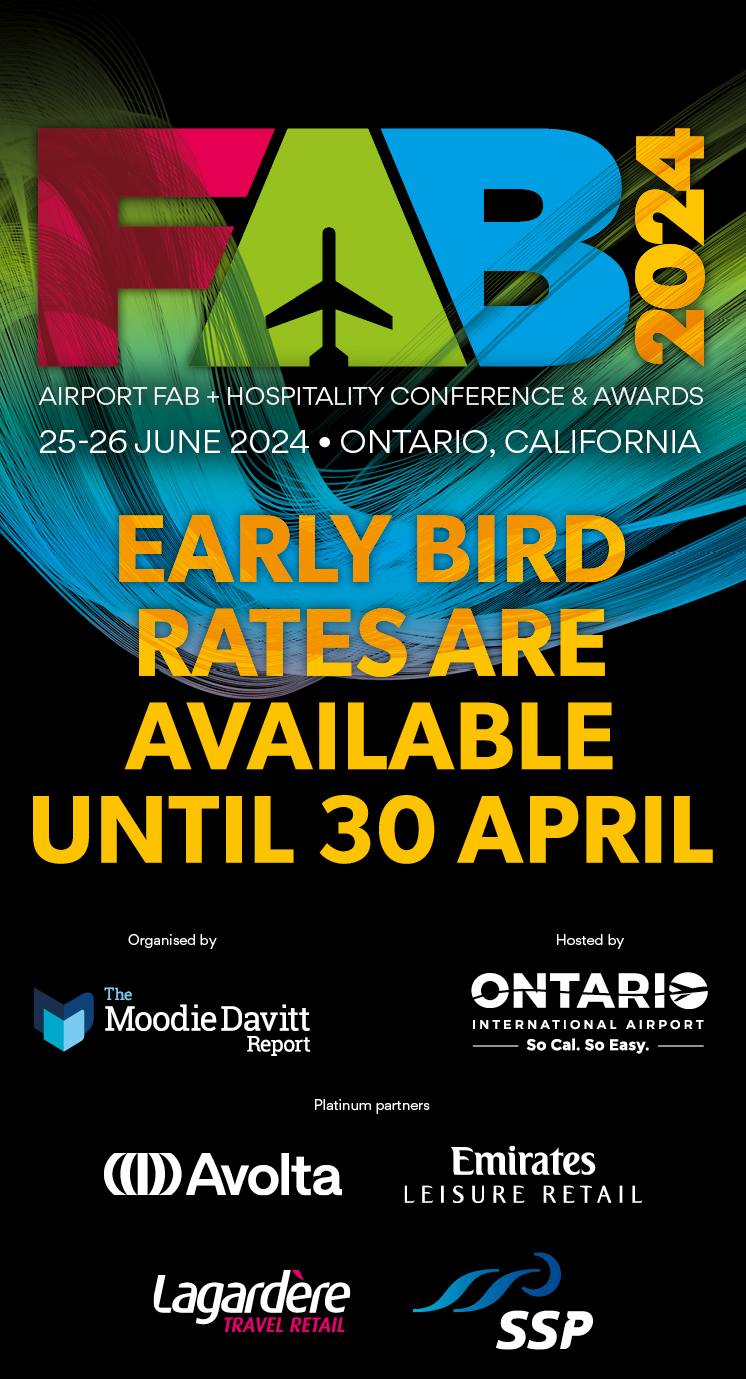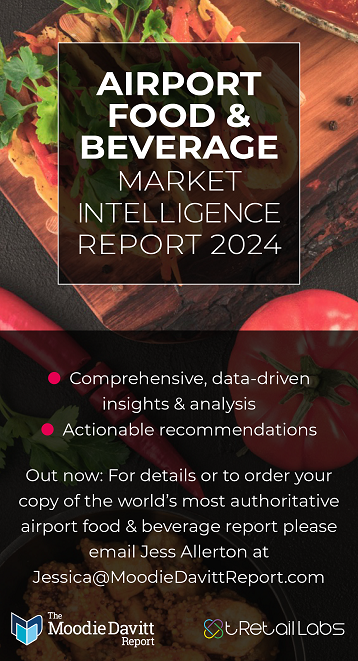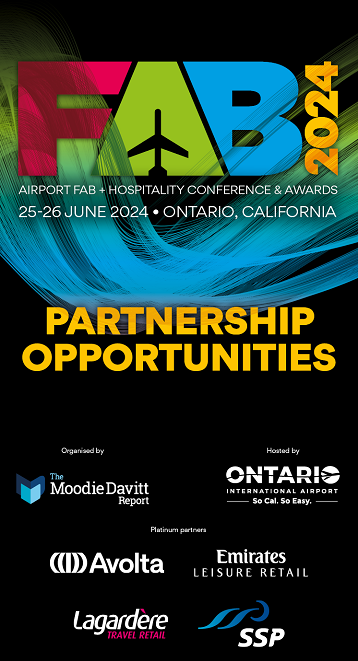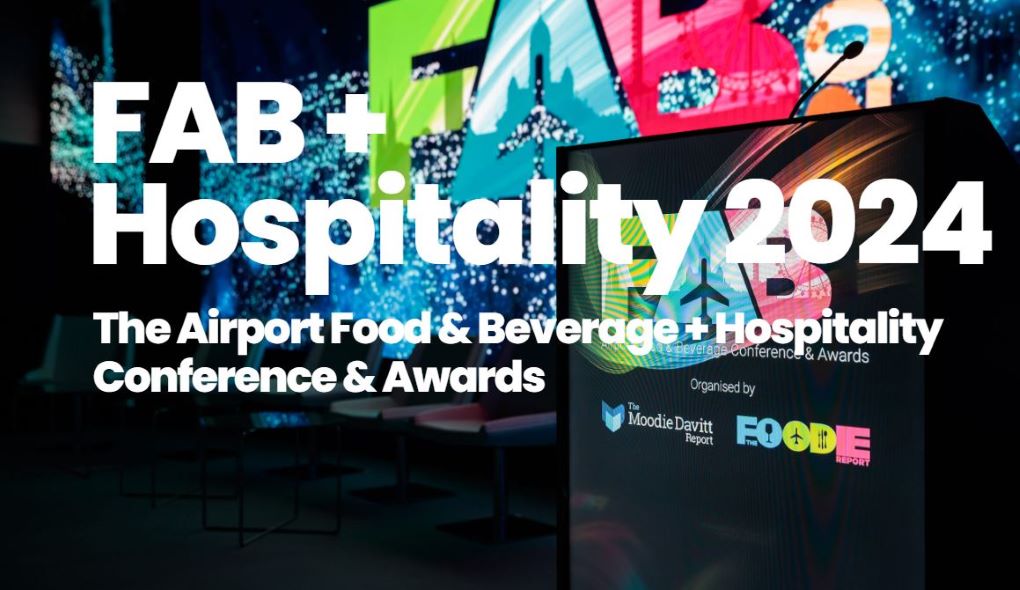
In the second of a new series about travel retail in India, #Miles2Go Consulting Services founder Shriram Sanjeevi discusses how penetration at Indian airport F&B outlets can be increased, especially given sky-high inflight prices.
“One cannot think well, love well or sleep well if one hasn’t dined well” – Virginia Woolf
It used to be that I would want to travel by air just for the food. Cut to the turn of the new millennium, and air travel was a luxury rather than a necessity in India with domestic air travel just beginning to take off.
Although airport privatisation began during the early 2000s in India, the first private airport was at Bangalore. The new greenfield airport, 50km north of the city, was inaugurated during March 2008 after a tight 33-month construction schedule. The project was led by the consortium of Zürich Airport, Siemens AG & L&T India Ltd.
The new Bengaluru International Airport was built to suit the needs of airlines, passengers, visitors, staff who work at the airport, and of course, the commercial concessionaires.
There was a much improved passenger terminal building compared to the government airports which were/continue to be managed by Airports Authority of India (AAI), a government of India undertaking.
Air Deccan was the flavour of the season in the mid-2000s with everyday low fares ranging from Re1 (yes, just one Indian Rupee) for a one way ticket all the way up to Rs25,000 for a last minute Delhi-Mumbai flight (which is about 1,400km and 2.5 hours by air). The average one way fare was around Rs5,000 though.
Being a low cost airline, there was no food or drinks served inflight while the older AAI-run airports had no fancy food & beverage (F&B) outlets inside the terminal building. So passengers would actually bring food from home. Once airborne, the entire flight would smell of various Indian spices and the whole plane would smell like a local eatery (I am exaggerating slightly).
On the other extreme were traditional airlines like Jet Airways and Air Sahara which were not just renowned for their punctuality, airport lounges, vouchers for offline redemption at retail stores and onboard service, but also for their extraordinary food fare onboard.

The meals onboard Jet Airways were and continue to be one of the best in the country with Chairman Naresh Goyal himself picking world-class chefs to design the food menu as well as fine cutlery and crockery. The whole experience of flying, for me and many millions of Indians, was planned around the food. The government-run Air India, sadly, had the worst passenger service and the food was just ok, but what was worse was the attitude of the air hosts and hostesses who would literally throw the food packets from the aisle to the passengers.
At Bangalore, we aimed to create one of the best airport experiences. Being a retail professional all my life, with a few years of aviation experience during my stint at Bangalore International Airport Limited (BIAL), I was convinced that a happy tummy before departure was a sure-fire guarantee to deliver a happy travelling experience.
With the management team, managers and chefs of the airport concessionaire HMSHost, we set out to create various local dishes for domestic departures and an equally exciting menu for international departures.
Needless to say, passengers were delighted from day one. Many of them quipped that they were passing through a food court where planes were flying away. We saw passengers packing parcels of local menu items to carry for their family, friends, colleagues and even bosses (to ensure they fly more often, perhaps). Over time, the other private airports at Hyderabad, Mumbai and Delhi upped the ante and to date, deliver some of the finest culinary experiences at the terminal buildings.
I was inspired by the various F&B areas at international airports in South Asia and Europe that I had seen during my stint at BIAL since 2006. One of the innovations we brought was a landside food plaza with India’s largest café chain Café Coffee Day having an outlet with open seating. That Bangalore’s weather played cupid was not a surprise. We saw (and continue to see) patrons driving down from the city in their cars, bikes and even by public transport just to hang around at the airport and watch the night skies, the stars and the flight landings. Lots of proposals are made and many rings are exchanged too.
Sadly, things haven’t changed much at AAI airports over the past decade. AAI still signs contracts based on tenders which are mostly decided on the highest bidder among a few other outdated qualifications. The result is uninteresting F&B options that are over-priced; have unplanned menus for the time of the day; and fail to impress passengers. There are exceptions, such as the Café Coffee Day outlets here and there at some airports. Some smaller airports are so bad that one gets to see only oily/fried foods that do not meet basic hygiene standards.

Meanwhile, I am taking a red-eye flight tomorrow as I write this piece and just checked-in online. While airlines have managed the web-check process so well these days (it takes less than two minutes with a reasonably fast internet connection) with options available on the web and on the respective mobile apps, there are now also features such as adding food options along with preferred seats, additional baggage, etc.
What it doesn’t offer is a detailed menu, especially hot food that can be purchased inflight. There is enough research online to prove why cold food is bad for our bodies and it’s worse at 30,000ft. Researchers even suggest avoiding a meal if possible (and certainly no alcohol), to ensure jetlag is minimal after a journey, including more than 60-minute flights. So, why would one pre-order food to get some cold sandwiches or ready to eat fast food onboard, which also isn’t displayed at the time of ordering online?
This is where airport F&B retailers can better take advantage of the opportunity to get more business. By reaching out to passengers who are about to fly, they can get assured business. Yes, it’s a bit of a struggle to integrate the pre-purchase of F&B with departing passengers, but with online travel agents ruling the online booking process with a steep percentage of market share, this can be a real deal if there is some serious thought put into it. Airlines might lose a bit of business by not being able to sell onboard, but would still ensure passengers have a great time. Actually, airline economics suggests that not carrying food onboard saves fuel (and money).
Bangalore Airport has a mobile app which mentions the names of the F&B outlets there (as well as the retail outlets and other commercial spaces); the same is mentioned on its website.
However, one cannot pre-order food online. When I called the phone number mentioned on the app, the spokesperson said there were no such options and also takeaways would take more time than dine-in, to which I was flabbergasted. The AAI website for Chennai Airport merely mentions just the name of the outlet, some of which are not even operating now.
On the one hand, retailers complain about lower business but on the other they sometimes remain myopic to opportunities.
For more information about #Miles2Go Consulting Services, click here.











